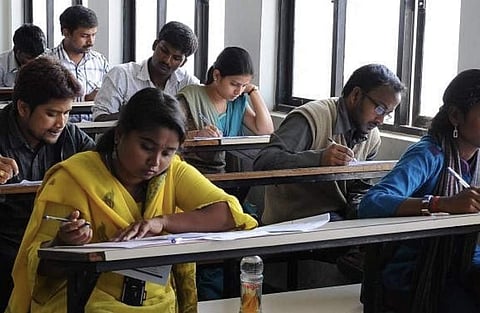

In the ever-evolving landscape of education in India, students find themselves traversing a path laden with both opportunities and obstacles. From academic pressures to mental health concerns, the challenges faced by students in the current education scenario are multifaceted, demanding a closer examination.
One of the foremost challenges confronting students is the relentless academic pressure. The race for high grades and prestigious institutions often leaves little room for exploration of personal interests and holistic development. The intense competition can lead to stress, anxiety, and even burnout among students.
The toll of academic demands coupled with societal expectations take a toll on the mental health of students. Depression, anxiety, and other mental health issues are on the rise, underscoring the need for a more empathetic and supportive educational environment.
Disparities in the quality of education persist across different regions and socio-economic backgrounds. Many students, particularly in rural areas, face challenges in accessing quality educational resources, perpetuating social inequalities.
While technology has revolutionised education, a digital divide still exists. Students in remote areas may lack access to reliable internet and digital devices, hindering their ability to participate in online learning initiatives.
The rapidly changing job market adds an additional layer of stress for students. The pressure to choose the "right" career path, often influenced by societal expectations, can leave students grappling with uncertainty about their future.
While the importance of extracurricular activities is recognised, striking a balance between these activities and academic commitments remains a challenge. Students often face dilemmas about how much time to allocate to each, impacting their overall development.
In addressing these challenges, it is imperative for the education system, policymakers, and parents to collaborate in creating an environment that nurtures not only academic excellence but also the overall well-being of students. Initiatives focusing on mental health support, reducing academic pressure, and bridging educational disparities can contribute to a more inclusive and supportive educational landscape.
